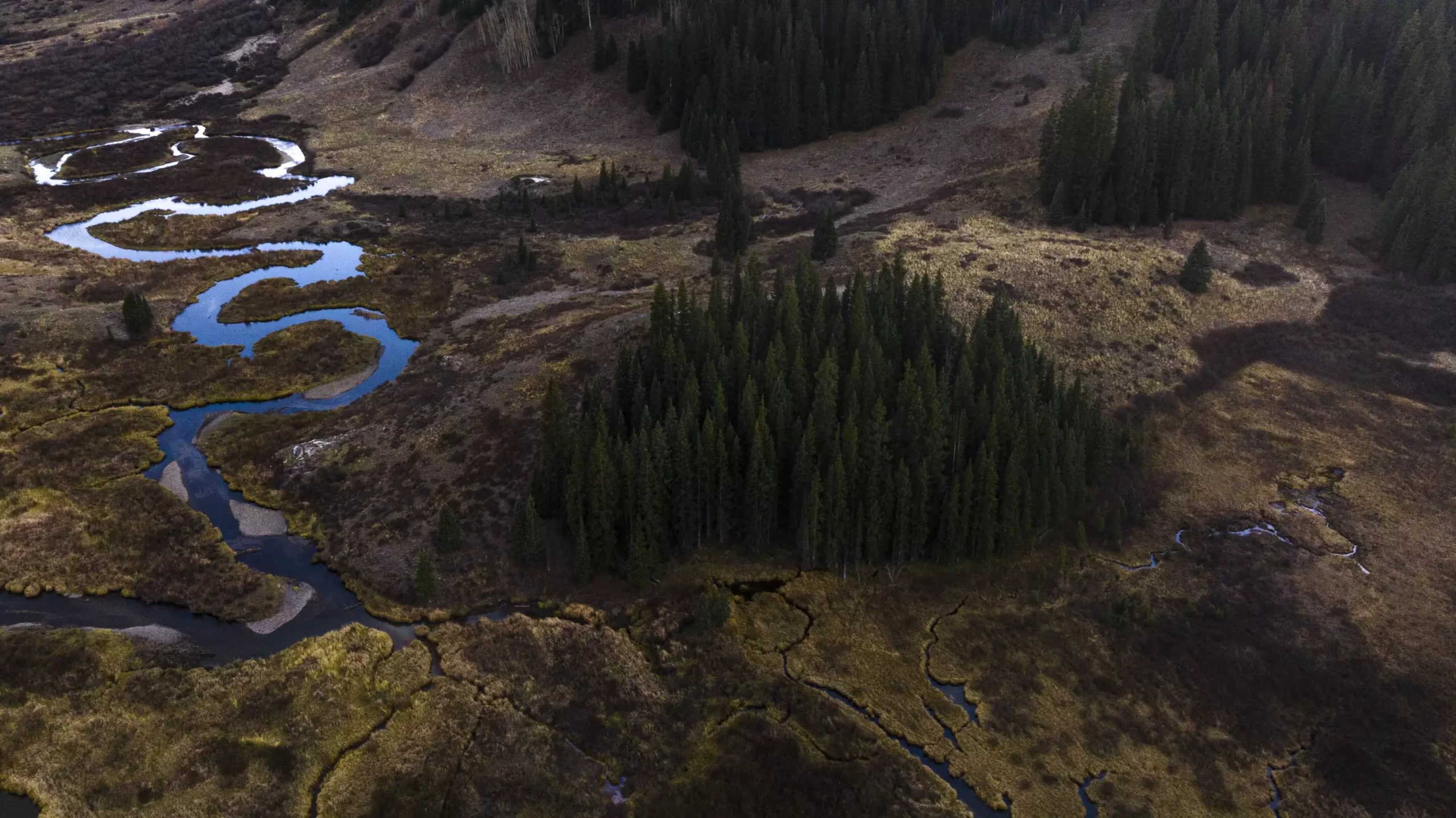The Colorado River, a vital lifeline for millions, traverses seven U.S. states and Mexico, serving critical functions in hydropower, agriculture, and drinking water supply. This river’s fate is tied not just to its flow but significantly to the snowpack that accumulates during winter. Each spring, water managers look toward this snowpack as a predictor of water availability for the coming months. However, a troubling trend has emerged since the turn of the millennium: the gap between predicted and actual streamflow has widened, leaving water management officials perplexed and concerned. Where has all the water gone?
Recent research from the University of Washington sheds light on this elusive question, identifying a stark decline in spring rainfall as the primary contributor to diminishing water supplies. Daniel Hogan, a lead researcher, explains that warmer and drier springs account for nearly 70% of the discrepancies noted over the years. With reduced precipitation, these ecosystems become increasingly reliant on snowmelt to meet their water needs. This effect is exacerbated by sunny days that not only encourage plant growth but also elevate evaporation rates from the soil, compounding the challenge facing the river systems.
This multi-faceted interaction paints a complex picture of water dynamics. As plants scramble for moisture, they draw heavily from sources that were once more abundant. Consequently, water reserves that would typically flow into streams are significantly depleted, pointing to a pressing issue that requires further investigation.
Hogan and his team delved deeper into this phenomenon as part of an extensive examination of water distribution shifts within the Colorado River Basin. Initial speculations suggested that sublimation—where snow transitions directly to vapor—was to blame for the altered dynamics. However, research indicated that this accounted for only about 10% of the missing water. Thus, the focus shifted to other factors, specifically springtime conditions which have demonstrated dramatic changes over time.
The researchers utilized a comprehensive dataset, analyzing variations in 26 headwater basins, documenting streamflow, and precipitation trends from 1964 onwards. This information allowed them to model the water consumption by plants in each basin. A crucial element of their findings was the realization that lower elevations suffered noticeably from reduced streamflow due to early snowmelt. This meant plants had a longer period to absorb snowmelt, accentuating their impact on water drainage into the river.
The term “Millennium Drought” refers to an elongated period of reduced moisture that began around 2000 and continues to affect the region. Hogan notes that this coincided with the onset of insufficient spring precipitation, forming a detrimental cycle for water availability. Every year, as water managers analyze snowpack data in April, they are faced with the harsh reality that this snapshot fails to capture the entirety of the springs’ impact on water resources.
Understanding the importance of this seasonal variability is essential for accurate water forecasting. The plant life, ranging from wildflowers to towering trees, constitutes a primary competitor for river water, consuming whatever is available from the dwindling snowpack. The implications of these findings are serious; without intervention or strategic management, the prolonged drought conditions could lead to further complications in water distribution, agriculture, and urban supply chains.
With spring rainfall emerging as the focal point of this water scarcity dilemma, researchers hope to refine their strategies to adapt to changing conditions. Future investigations will explore whether residual snow patches function as small reservoirs, providing a steady stream of water to thirsty vegetation. Such insights could offer vital information to enhance water management tactics, incorporating more proactive measures to forecast and allocate water resources effectively.
As climate patterns continue to evolve, the uncertainties surrounding precipitation and snowmelt will require adaptive and informed responses from water managers. By embracing a more holistic approach—one that considers both climatic shifts and ecological interdependencies—this intricate puzzle may one day yield clearer solutions, ensuring a sustainable water future for the Colorado River Basin and all who depend on it.

